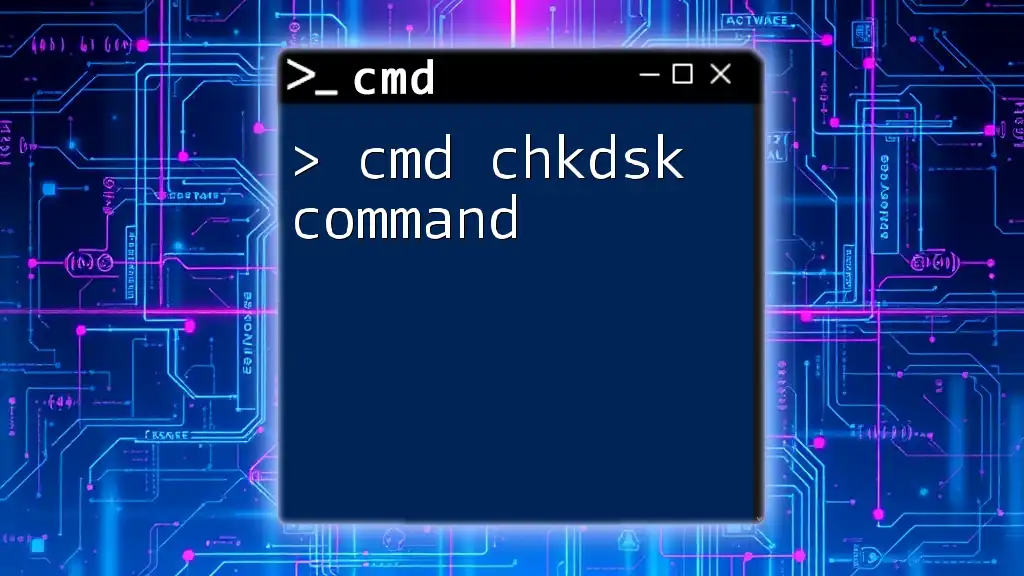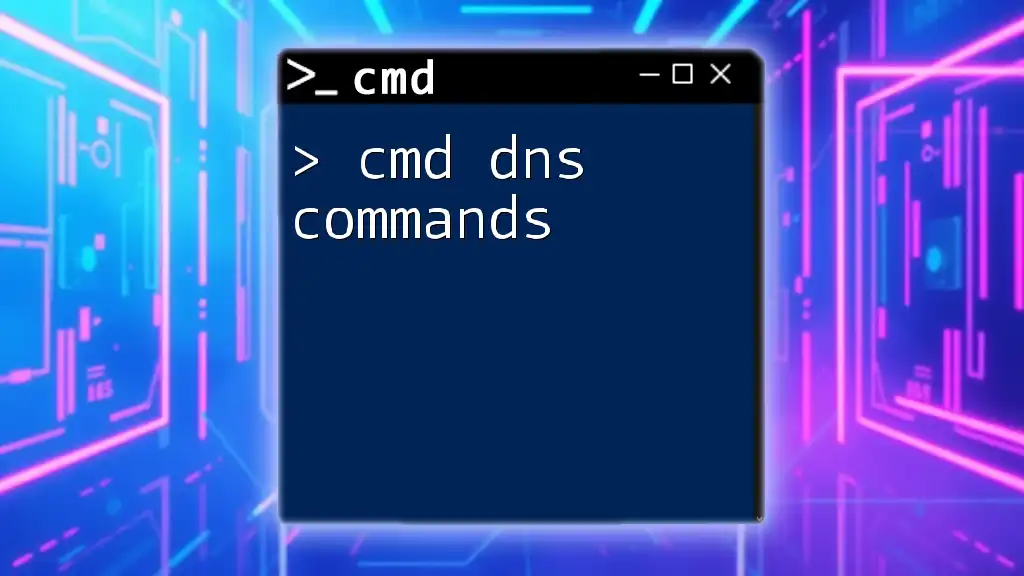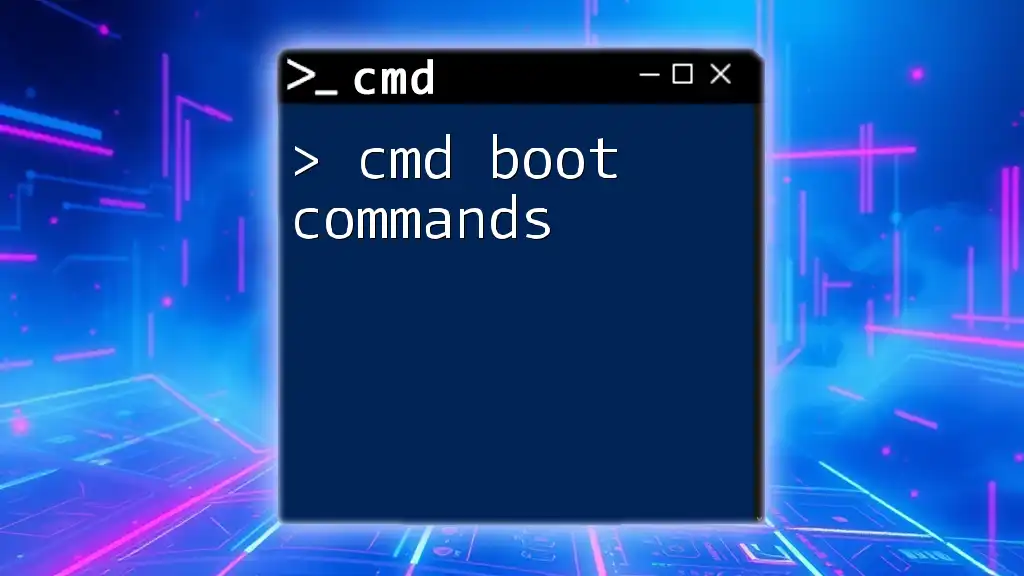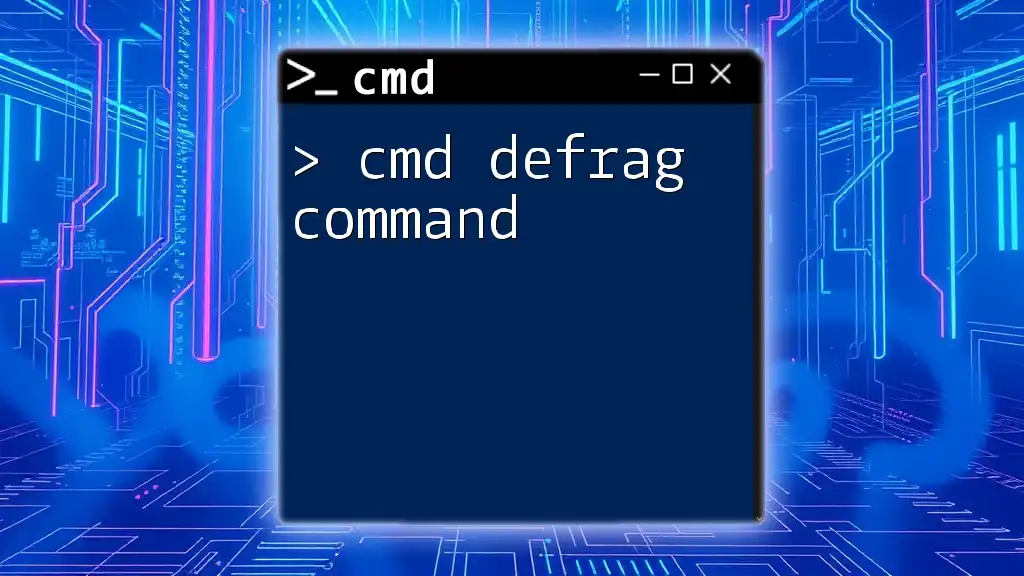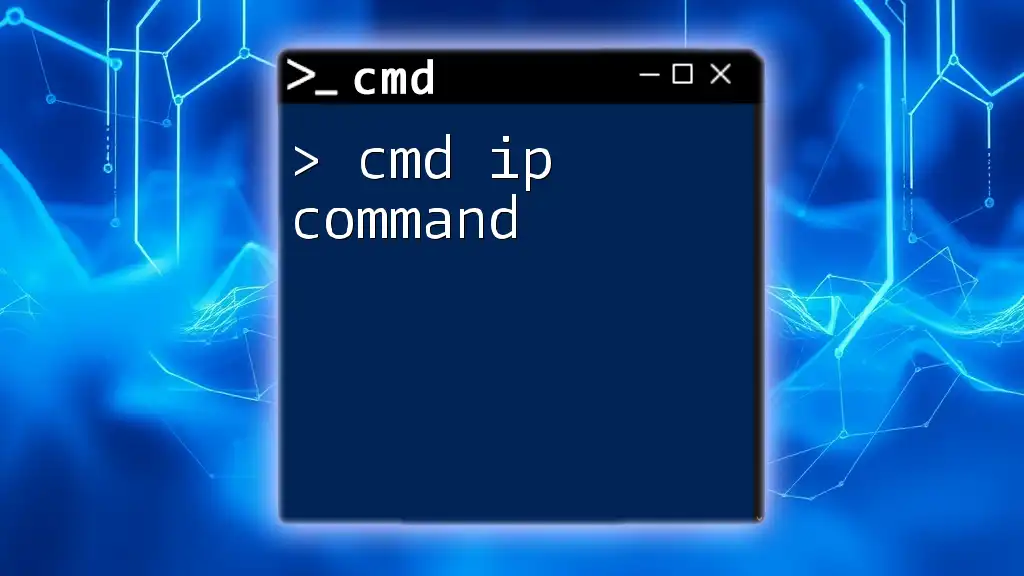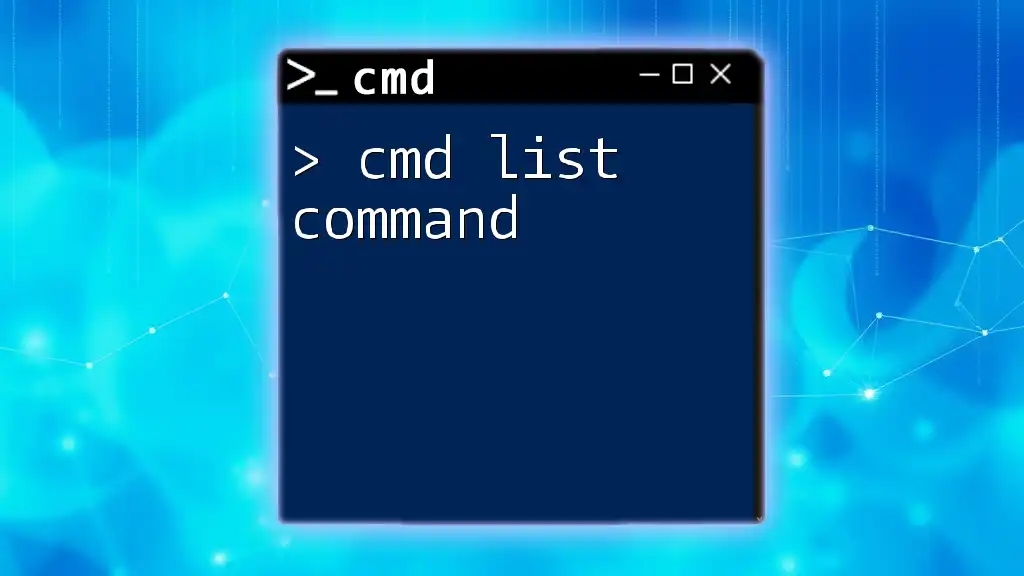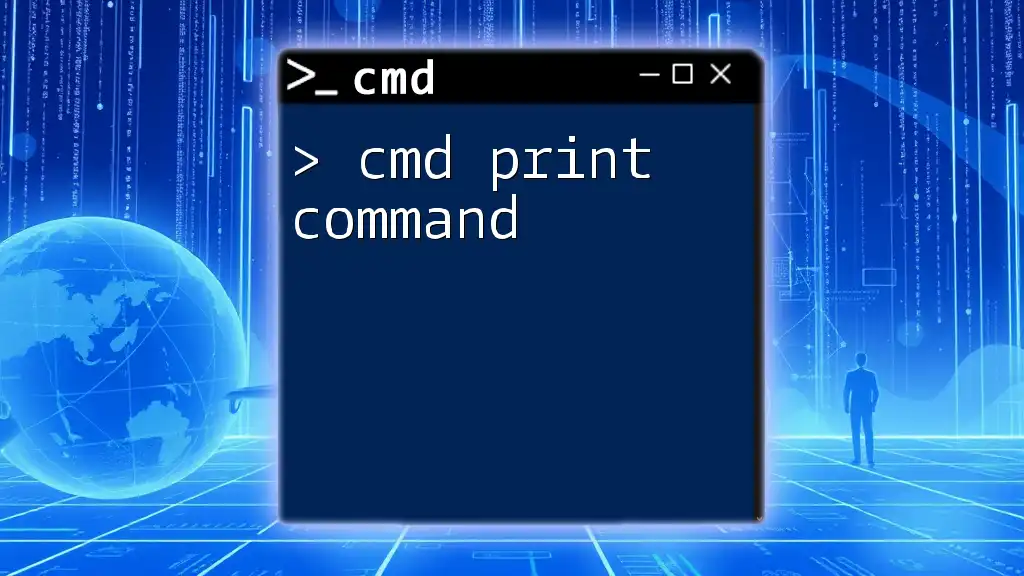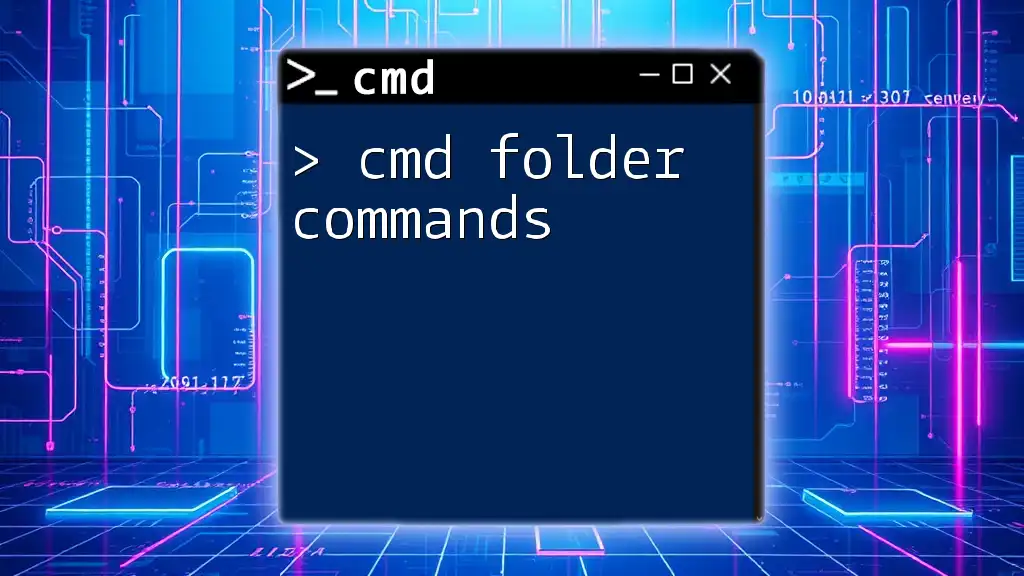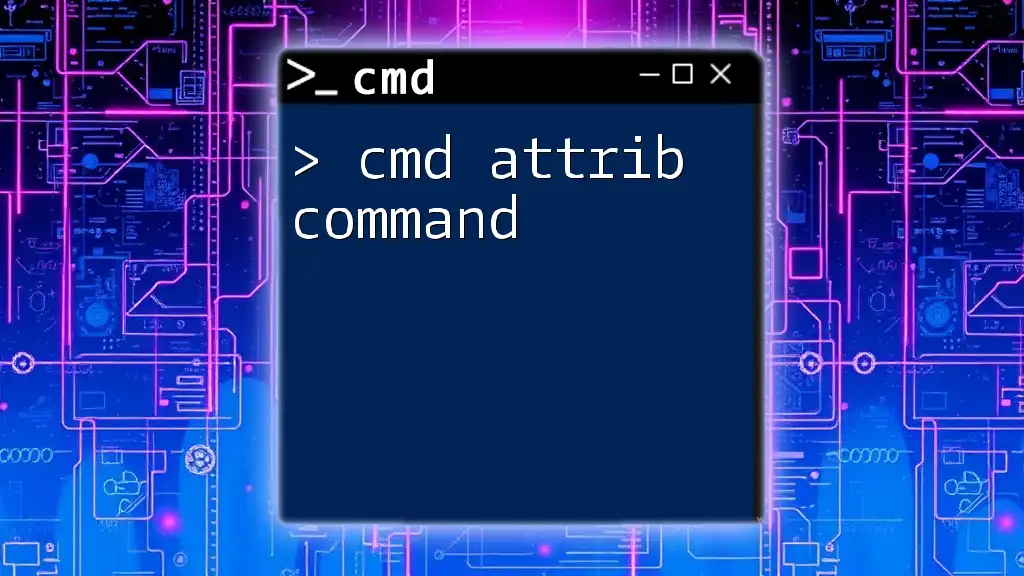The `where` command in CMD is used to locate and display the paths of executable files that match a specified search pattern.
Here's how to use it:
where python
What is the `where` Command?
The `where` command is a powerful and essential utility within the Windows command line interface (CLI). Its primary purpose is to locate and display the paths of files matching a specified name pattern. This functionality is particularly useful for users seeking to identify the locations of executables and other files on their systems. Unlike Unix/Linux, which employs the `which` command, Windows offers the `where` command as its native tool for this task.
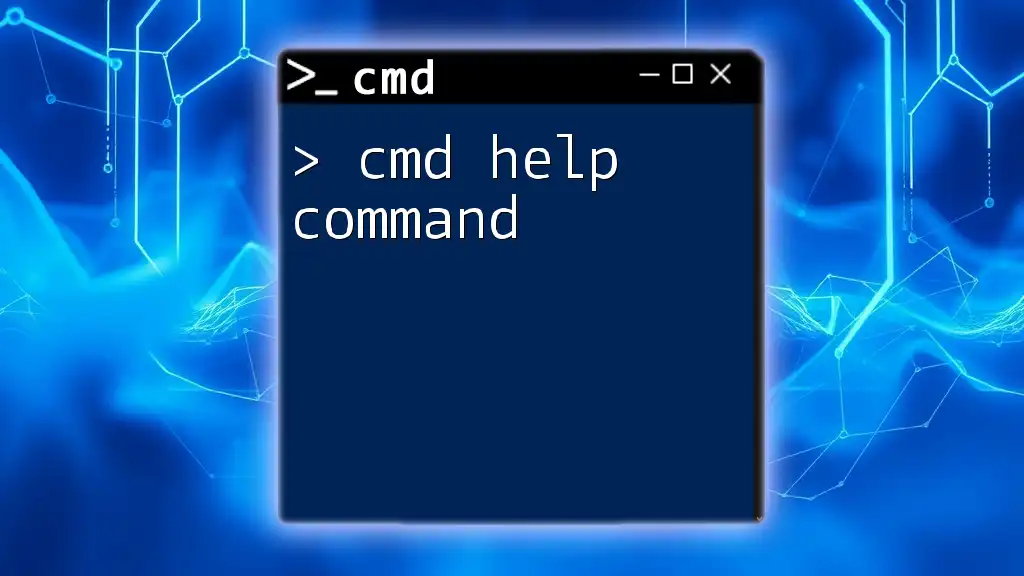
Syntax of the `where` Command
Understanding the syntax of the `where` command is critical to utilizing its features effectively. The general form is:
where [options] <filename>
- `<filename>`: The name of the file you want to locate. You can use wildcards such as `*` and `?` to search for multiple files.
- Options: These flags enable various functionalities that enhance the command's capabilities.
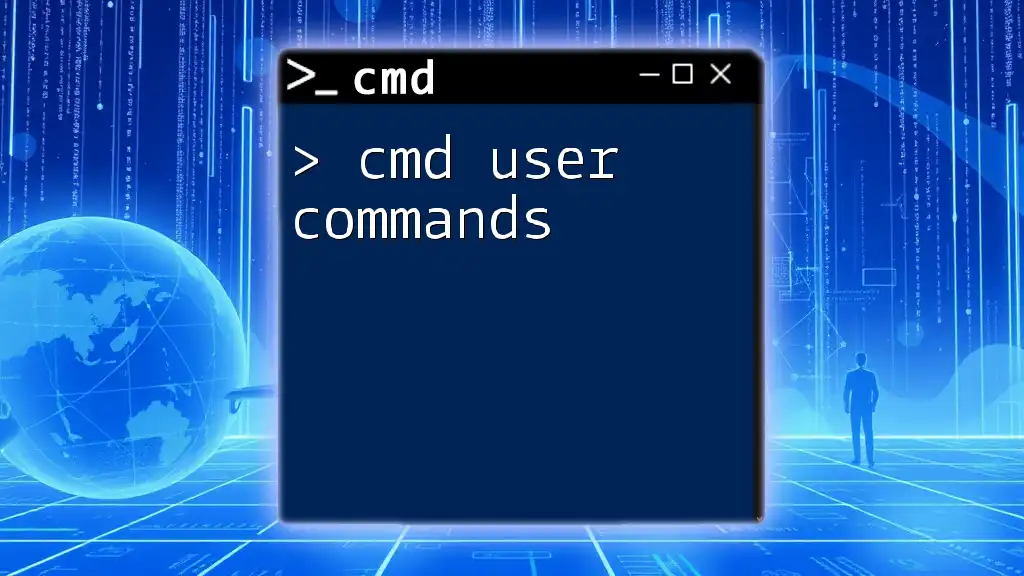
When to Use the `where` Command
The `where` command serves several practical purposes:
- Checking Installation of Applications: If you’ve installed software and want to verify its location, the `where` command can help.
- Verifying Executable Paths: For programmers and developers, understanding where executables are stored is essential for debugging and script execution.
- Troubleshooting Issues: If a command doesn’t execute as expected, using the `where` command to trace its availability can be a quick solution.
- Understanding Environment Variables: It aids users in discovering how environment variables affect executable discoverability.
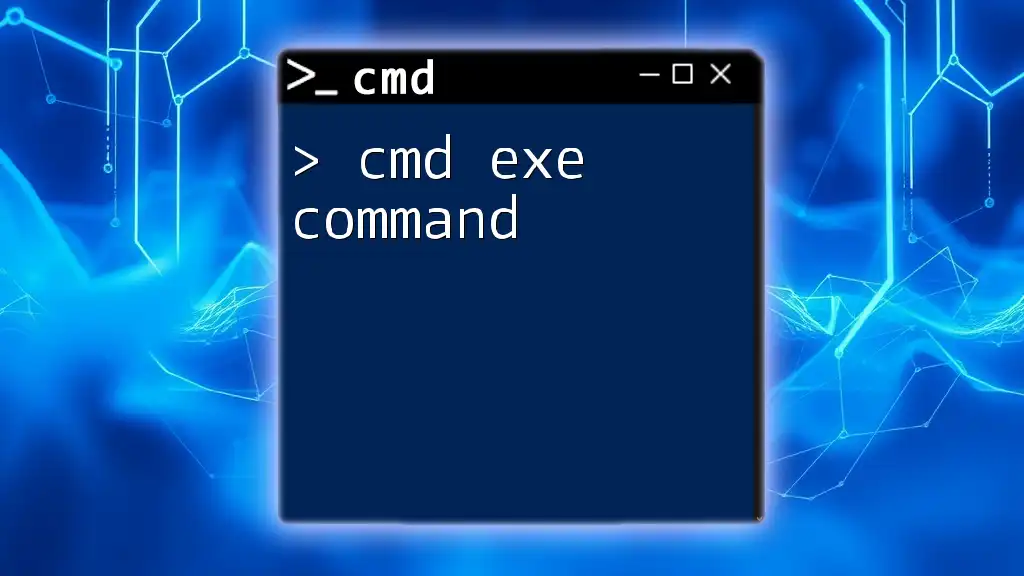
Basic Usage of the `where` Command
Finding Files
Locating the exact path of a specific file is straightforward with the `where` command. For example, to find the path for Notepad, you would execute:
where notepad.exe
The output will display paths where Notepad is found. This helps users confirm whether the application is installed and where it resides within the file system.
Searching for Multiple Files
You can also search for file types using wildcards. For example, to find all executable files in the current directory, enter:
where *.exe
This command will list all `.exe` files, which is especially useful for checking multiple installations or executable files in a folder.
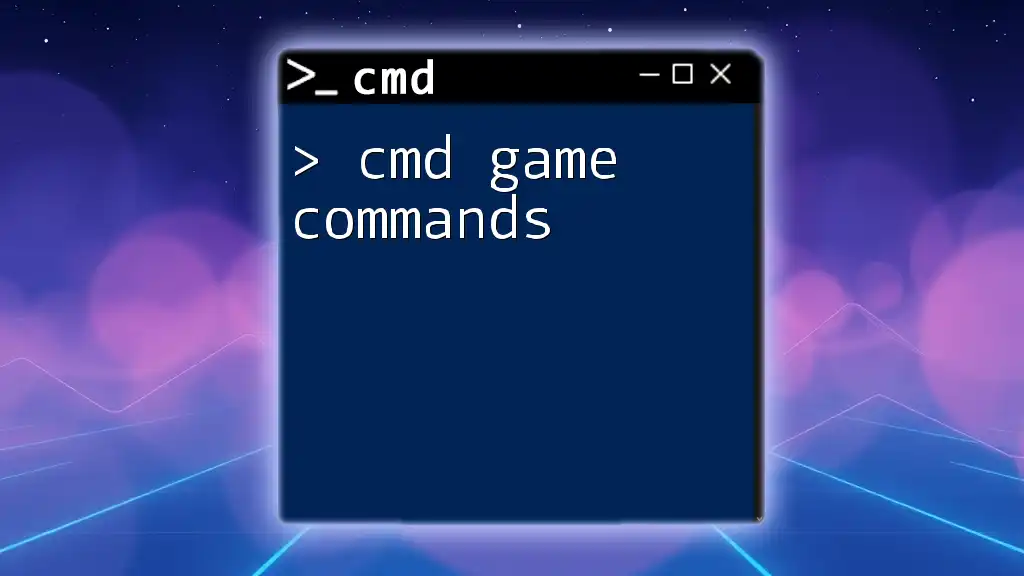
Advanced Options for the `where` Command
Using the `/R` Option
The /R (recursive) option expands the search capabilities. Its syntax allows for including subdirectories in the search path:
where /R C:\ *.exe
This command searches the entire `C:\` drive (and its subdirectories) for all executables. It’s beneficial when you’re unsure where a file may be located across multiple folders.
Using the `/Q` Option
The /Q (quiet) option suppresses the command output for successful find operations:
where /Q notepad.exe
It simply returns an exit code indicating whether the file was found without displaying the actual path. This is useful for scripting, where you might only need to verify the existence of a file without cluttering the output.
Using the `/T` Option
The /T option provides type information for each located file:
where /T notepad.exe
In this case, the command not only shows the paths but also indicates what types of files they are, adding context for users who might encounter files with similar names but different purposes.
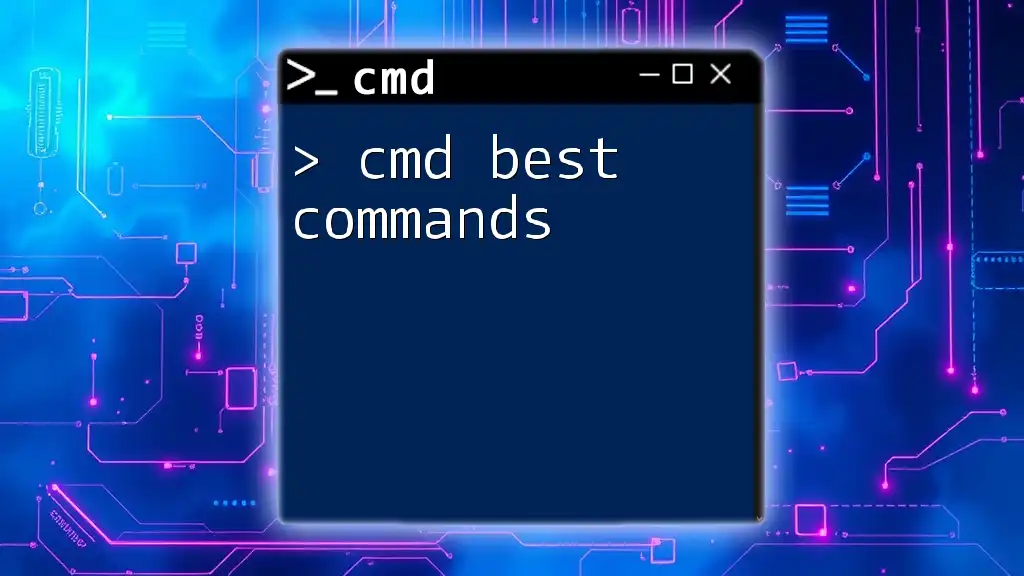
Common Errors and Troubleshooting
While using the `where` command, you may encounter common errors. For example, if you see the message:
INFO: Could not find files
This likely means that the specified file name or pattern does not exist in the search path. Double-check the spelling of the filename or ensure that it has been installed correctly on your system.
Tips for Troubleshooting
- Verify Path Settings: Ensure that the path variables set in the system environment are correct.
- Check Permissions: Sometimes the command prompt might lack the needed permissions, so running as an administrator could resolve issues.
- Confirm Filenames: It’s crucial to verify the accuracy of file names, including their extensions.
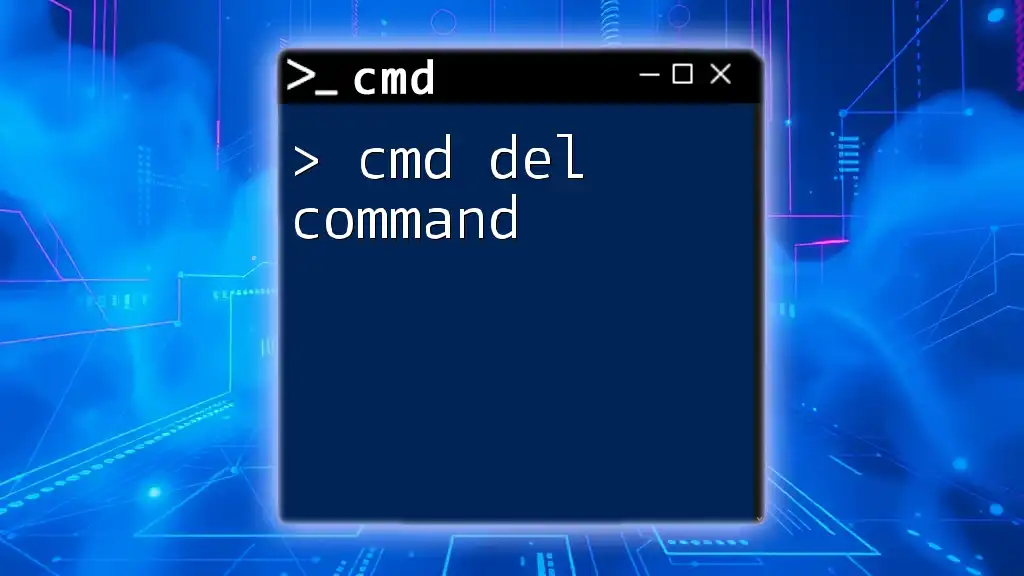
Best Practices for Using the `where` Command
To maximize the utility of the `where` command, consider the following best practices:
- Regular Backups: Keep a backup of your environment variables, particularly if you manipulate them frequently.
- Recording Commands: Maintain a log of commands that you find particularly useful for future reference.
- System Audits: Incorporate the `where` command into regular system checks to ensure known applications are appropriately located.

Examples of the `where` Command in Real Scenarios
Locating System Executables
For instance, if you need to find the command prompt executable, you would run:
where cmd.exe
This will show the path to the command prompt, helping you confirm its location and potentially troubleshoot related issues.
Conducting Application Audits
When performing an audit of installed software, the `where` command is invaluable. For example:
where chrome.exe
This command can be used to verify the location and path of Google Chrome installations, which is essential for system maintenance or compliance checks.

Conclusion
The cmd where command is a vital tool for anyone looking to navigate their Windows system effectively. By understanding its syntax, applications, and best practices, users can leverage this command to streamline their workflow, troubleshoot issues, and better manage their files. Explore the command further and harness its full potential to enhance your command line skills.
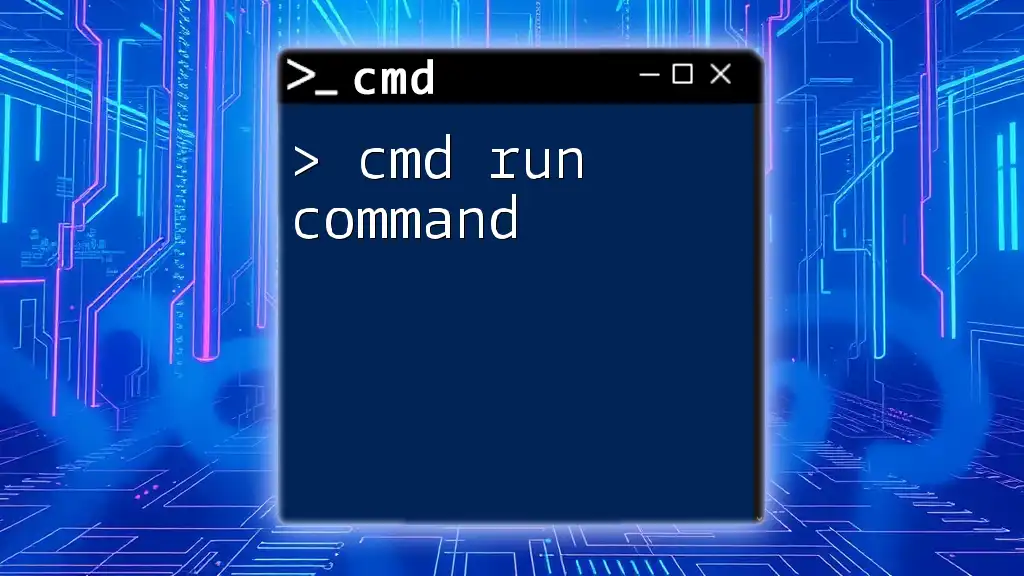
Additional Resources
For anyone looking to deepen their knowledge of command line operations, consider exploring further reading materials and tutorials dedicated to CMD commands. Supplement your learning with reference guides and cheat sheets for quick consultation as you continue to enhance your command line proficiency.







